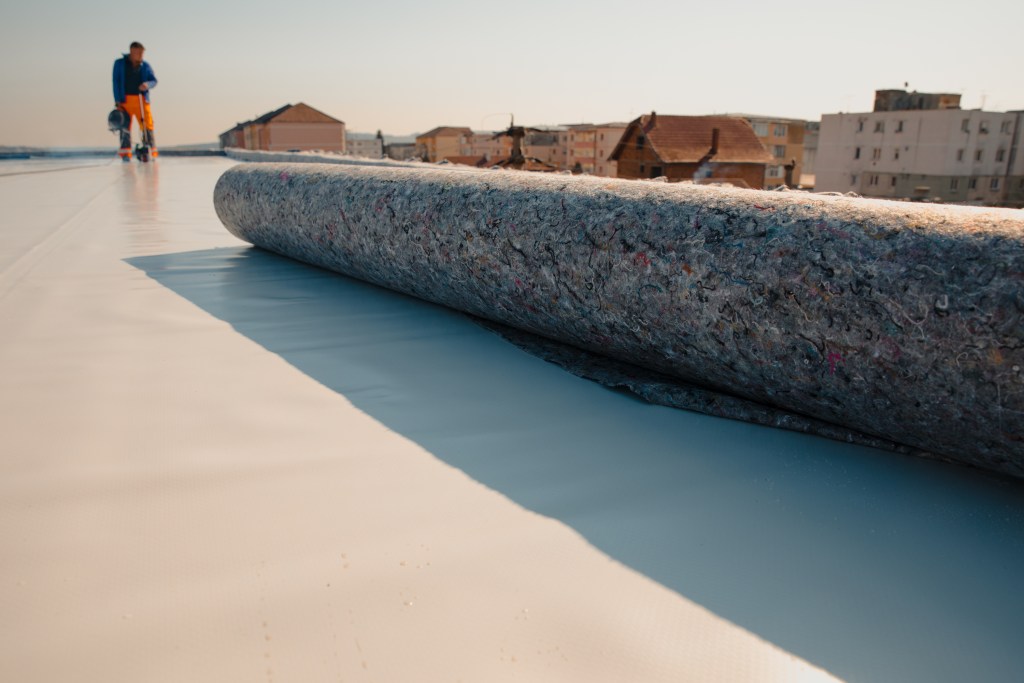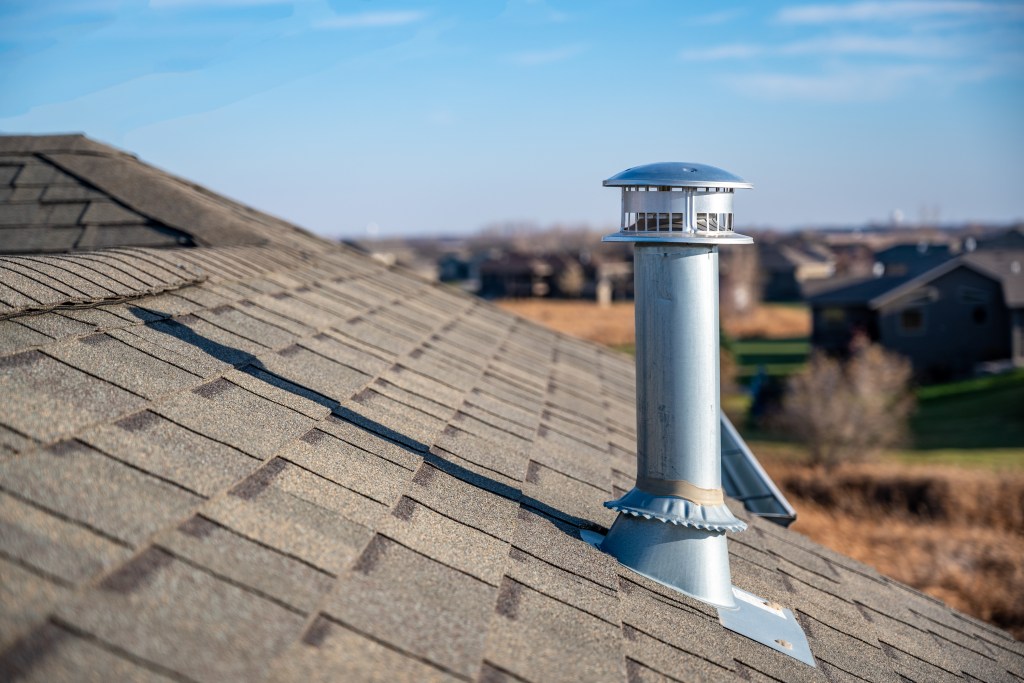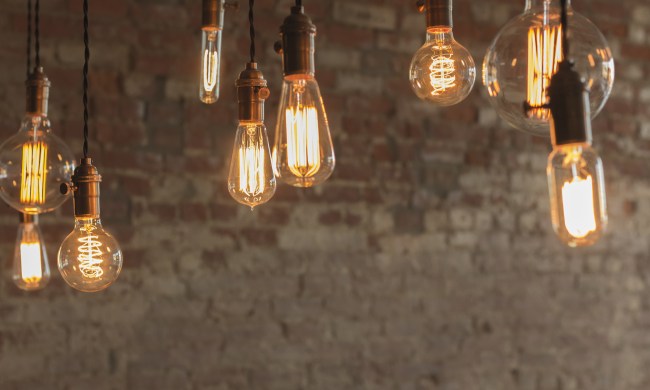One of the most necessary components to any home or building is the roof. The roof is critical to keep the structure from the elements and protected throughout all seasons. An entire roof replacement can be a costly home improvement, and today, the average new roof can cost several thousands of dollars, regardless of roof overlay or complete tear-off.
The average life span of a new traditional shingle roof can vary depending on climate and weather-related external factors. Many people now opt for roof material alternatives that can guarantee a longer roof life span, such as rubber roofing. If you haven’t heard of a rubber roof before and are intrigued by it, this guide will be your go-to resource to learn all about rubber roofing.

What is a rubber roof?
Rubber roofing, also known as ethylene propylene diene polymer or EPDM, is a sought-after option for many flat structures due to its affordability, durability, and energy efficiency. These roofs are large rolls of rubber mats laid on top of flat-roofed buildings or homes. While this is still the case for many flat-roofed structures, people also use other options, such as rubber shingles, on their roofs. Rubber roof shingles come in various colors, shapes, and styles that complement any home.
Average cost of a rubber roof
Rubber shingles are often more expensive than traditional asphalt shingles. However, rubber roof shingles are more cost-effective than slate material shingles, while being equally resistant to fires.
Rubber shingles cost $4.25 to $8.25 per square foot, equaling approximately $425 to $825 per 100 square feet when installed. Therefore, a 2,000 square foot home can easily see expenses upward of $8,500 on the low end and $17,000 on the high end for material cost alone.
Comparatively, asphalt shingles are $100 to $150 per 100 square feet. Although asphalt shingles are more cost-effective, rubber roof shingles last nearly twice as long, increasing energy efficiency and saving money in the end. Keep in mind that the actual cost of rubber roof shingles may vary depending on factors, such as the specific material chosen as well as roofing contractors’ labor costs in your region.
Average life span of a rubber roof
Rubber roofs can last a long time while also requiring little maintenance and upkeep. Most houses have asphalt shingle roofs that typically last 15-20 years and require much attention throughout that life span.
In contrast, a rubber roof can last 30-50 years while requiring little maintenance over the roof’s life span. When efficiently installed, many rubber roofs can experience nearly no cracking or leaking from the ceiling at all. In the event that any rubber roof cracks or leaks, most only require a simple fix by covering the area to repair with a latex sealant.
Other benefits of a rubber roof
In addition to having a long life span and more fire resistance, there are several other benefits of rubber roofs to consider. Another advantage of a rubber roof is that the added weather resistance and durability can counteract the higher cost versus asphalt shingles. Rubber shingles or rolls are much stronger than asphalt shingles and less likely to crack during fluctuating weather conditions.
Rubber roof shingles are ideal for flat or low-pitch roofs, given the traditional shingle design is often ineffective in protecting the structure due to the lack of gravitational pull. For example, when a roof has a low pitch, water damage is more prevalent, given the water will not run off as quickly as on steeper roofs. However, a rubber roof eliminates that issue with a more weather-resistant and watertight seal when properly installed.
Rubber roofs also have an extensive amount of durability. In addition to being weather resistant and essentially waterproof, rubber roofing is also resistant to thermal shock issues. When installed accurately, a rubber roof should not become brittle or crack due to hot or cold temperature fluctuations. Rubber roofing can also withstand hail and other extreme weather conditions while showing high resistance to ultraviolet radiation and cyclic fatigue.

Why consider rubber roofing?
There are numerous considerations to explore when it comes to a rubber roof. While many people may find them too expensive than traditional asphalt shingles, the advantages of a rubber roof often outweigh the disadvantages.
Given the average life span of a rubber roof is nearly double a shingle roof, the long-term cost-effectiveness can save most people money in the long term. Additionally, the durability of a rubber roof from weather, fire, and temperature issues can make a rubber roof a quality choice when replacing a roof.



